The Indian panorama offers a scintillating view of a potpourri of culture and tradition that the country can boast of. The tapestry of each state is woven by a rich cultural heritage that is distinctive and firmly embedded to its soil.
Warmly nestled in the north-eastern part of India is Assam. The name at once resonates with the pleasant breeze blowing through the fragrant leaves of the tea gardens. What else comes to the mind are the colorful Bihu dance and the lush fauna and flora of the state. On a serious note, people talk about the mighty river Brahmaputra causing catastrophic floods ever year, insurgency, the problem of illegal immigration, and more recently the NRC (National Register of Citizens) which excluded over 1.9 million from statehood. But not many people from outside Assam know about a beautiful legacy over 500 years old left behind by scholar-saint Srimanta Sankardev.
The Vaishnavite movement
The Vaishnavite movement attained a new color in Assam under the able mentorship of Sankardev. The propagator of the Ekasarana dharma (literally “Shelter in one religion”), he emphasized pure devotion to Lord Krishna, who was considered to be the one, the eternal, and the absolute. Vedic rituals were rejected, and emphasis was laid on singing hymns to Lord Krishna and listening to his deeds and activities. It was preached that the same supreme soul exists in all human beings and that it is devotion, not salvation, that needs to be the foundation of religion.
A scholar well versed in Sanskrit, Sankardev drew inspiration from the Bhagavata Purana, a revered text in Vaishnavism. He rendered eight of the twelve books of the Bhagavata into Assamese for the common man to understand. His literary works, poems, and dramas were a medium to propagate his religious doctrines. Of his many compositions, the Kirtan-ghosha stands out as the magnum-opus.
Equality and Acceptance:
Sadly, this is an age when we are having to talk about ending divides and having religious tolerance. But this noble message was preached by Sankardev centuries ago. His liberal mindset and respect for humanity came to light when he accepted followers from all castes, creeds, and tribes in his naamghars (worship houses) and sattras (monasteries). The Bhakti movement of Sankardev had no conflict with Islam; he embraced Hindus and Muslims alike. In fact of the 120 of his immediate disciples, the chief one was Chandsai, a Muslim tailor.
A multi-faceted genius:
Sankardev was a polymath, his brilliance shone in diverse fields. The ekasaran dharma was powerful and paved the path for the creation of new forms of music, theater, and dance.

A musically mild composition, the borgeet blossomed in the hands of Sankardev. Immersed in the technicality of Indian classical music, borgeets were based on specific ragas, closer in style to the Dhrupad genre. The borgeets melodiously conveyed the religious sentiments of poets as they reacted to different situations. A borgeet was sung as a prelude to prayer services in the naamghars and sattras. Immensely sweet and soul soothing, it mesmerized listeners to carve a niche for itself in the years to come. Over time, the popularity of the borgeet grew, and it has occupied a distinct place as a music category beyond the religious precincts where it was originally sung.
Just recently, it was heartwarming to hear about National Award-winning music director Anurag Saikia’s sincere endeavor to take the borgeet to an international platform. The talented musician is on the route to see his dream “Project Borgeet” achieve fruition. He is getting ready to launch his project of recording borgeets composed by Sankardev and his disciple Madhavdeb by the Macedonian Symphonic Orchestra.
A visionary in the true sense of the term, Sankardev could foresee that religious messages had more meaning when spread to the masses through entertainment. Visuals always left an imprint in the mind of the audience. This led to the birth of plays known as ankia naats. They were staged in the naamghars and sattras, and the dramatic performance was called bhaona. Bhaonas were filled with moral teachings that emphasized the victory of good over evil, and they generally depicted mythological figures from the Bhagavata and the Ramayana.
Closely integrated with the ankia naat was a dance form called sattriya which was originally performed by the male monks. Sattriya conformed to the principles of nritta (pure dance steps performed rhythmically), nritya (expressive dance), and natya (dramatic play). Since the middle of the 20th century, the sattriya dance form has not remained only within the confines of the sattras. It has established its status as an independent dance form, and these days, it is performed by male and female dancers alike. Having conformed to the norms required in a classical dance form, Sattriya is among the eight dances recognized as the official classical dances of India by the Sangeet Natak Academy.
A unique religious offering : maah proxaad
The religious offering or prasad which is offered to God and which devotees consume after worship is an important part of Hinduism. It is believed that Sankardev, who was conscious about eating healthy, had come up with a brilliant idea for prasad to be prepared with raw items. Known as “maah-proxaad”, this is unique to Assam and not found anywhere else in the country. This tradition has continued ever since he started it. Chick peas and green gram (moong) are soaked for several hours to soften and mixed together with salt. At times, finely cut pieces of ginger and coconut are combined with the mixture. Fresh fruits are served as sides.
Remembered by Posterity
Like any other year, Assam in September observed Sankardev Tithi to commemorate the death of their beloved saint. Again in early October, his birth anniversary, Sankar Janmotsav, will be celebrated with great enthusiasm and devotion.
I deem myself extremely fortunate that in spite of being in the United States, I could be a part of a dignified occasion when families from Assam residing in Atlanta, Georgia organized an event to revere Srimanta Sankardev. It was a fine blend of religious and cultural activities. A prayer in praise of the guru and hymns sung from the kirtan-ghosha were accompanied by a borgeet and a beautiful sattriya dance performed by blooming young talents. The highlight of the event was a bhaona titled Doisu Ratnakar (Dacoit Ratnakar). Staged with skillful dexterity by the performers, it was based on the story in which dacoit Ratnakar, prior to his transformation into the great saint Valmiki, was made to realize the repercussions of his sinful life.
The teachings of Sankardev are held in reverence, and his legacy is lovingly treasured by the Assamese people. A beautiful quote by actor Brandon Lee goes: “Immortality is to live your life doing good things and leaving your mark behind”. This saying holds true for Sankardev, whose invaluable contributions to literature, culture, and religion have left an indelible mark on the soil of Assam although he ceased to walk on this earth 451 years ago.
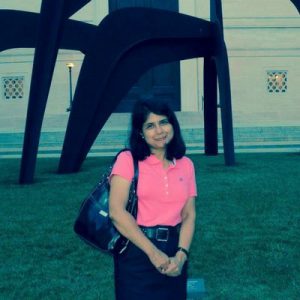
Rashmi Bora Das
Rashmi Bora Das moved to the United States from India in the early nineties. She has a master’s degree in English from India. She did her second master’s in Public Administration from the University of Tennessee, Knoxville. Rashmi is a teacher with a passion for writing. Her other interests include traveling, listening to music and watching films. She lives in Atlanta, GA,
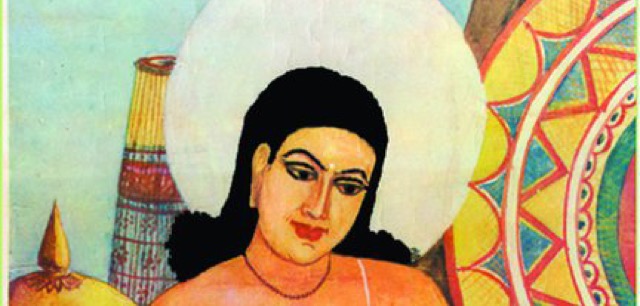
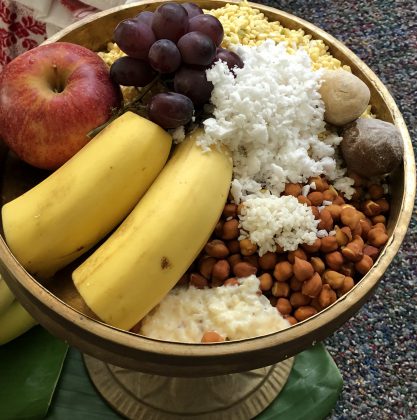
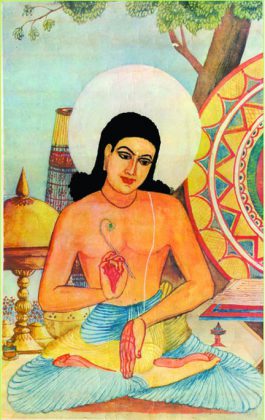
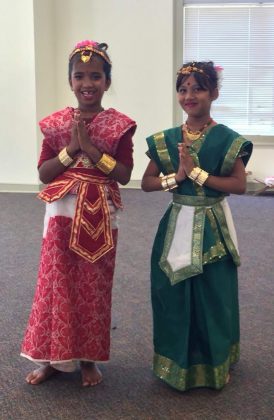
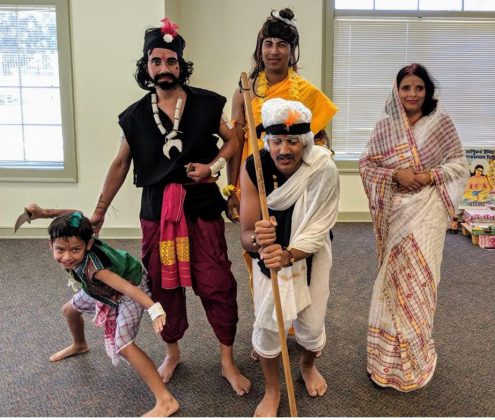
![Powerful Pride documentary Legendary Children [All Of Them Queer] streaming very soon](https://globalindianstories.org/wp-content/uploads/2025/06/Legendary-streaming-release-featured-238x178.jpg)

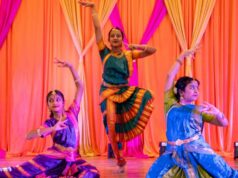

![Powerful Pride documentary Legendary Children [All Of Them Queer] streaming very soon](https://globalindianstories.org/wp-content/uploads/2025/06/Legendary-streaming-release-featured-100x75.jpg)

